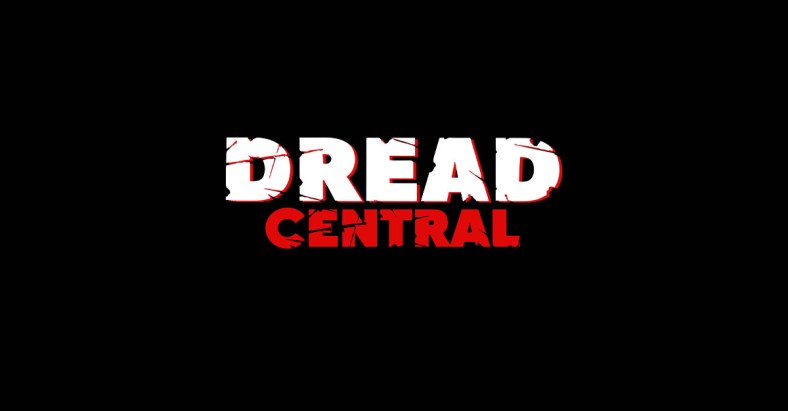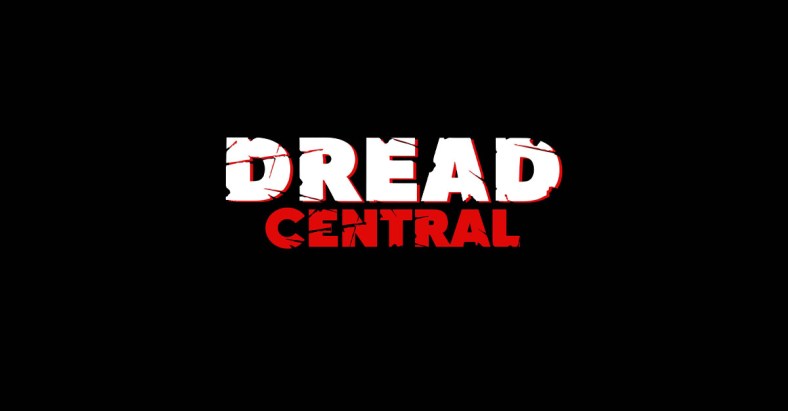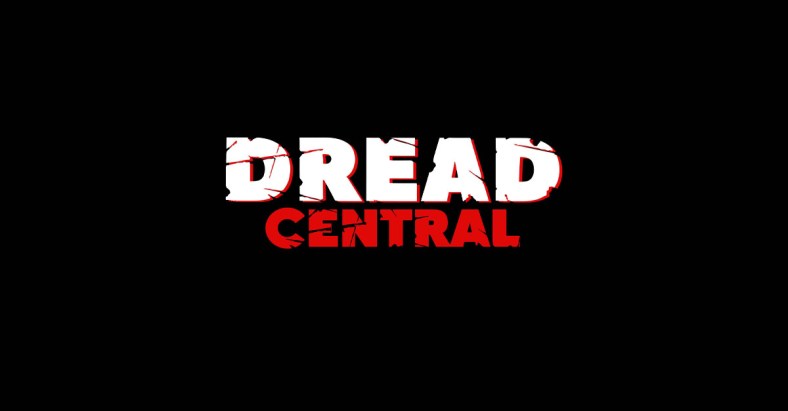Julie, Sweet Julie: Why Return of the Living Dead 3 Is One of the Most Inventive Sequels Ever

Return of the Living Dead was one of the most innovative, impressive and all-around genius zombie films to not be directed by George A. Romero. It is completely and totally of its time and yet it still holds up. That movie is the perfect embodiment of ‘80s punk counter-culture. It’s one of the most nihilistic horrors ever, but it has an insane amount of fun with it. The feature essentially states, “Hey, everything is hopeless, it’s the end of the world, but we might as well go out laughing.” That’s such an ultimate, final statement that it made Return almost impossible to sequelize, by nature.
Because of that, Return of the Living Dead Part II suffered from simply rehashing the first. It really only changes the setting, and even then, only slightly. The biggest difference is one most people have serious issue with: it is an incredibly tame feature. It pulls every single punch. That stems from the fact that it was actually originally intended as a kids’ movie, but even then, doing that as a follow-up to Return of the Living Dead is an incredibly bizarre choice to begin with.
There was no reason for this to become a franchise. After the disappointing box office of the second film, especially, there was definitely no reason for a Return of the Living Dead 3. But some of the best sequels, from Aliens to Psycho II to Exorcist III, have no earthly reason to exist.
Return of the Living Dead 3 is one of those sequels that shouldn’t be even half as good as it is. But, at the same time, it’s one that cries out for a bigger audience than it has. Yes, it’s a B-Movie on a distinctly low budget and it definitely does not hide that fact, but it achieves an amazing balance that most sequels rarely maintain, even today. This is a completely different film from the first on almost every level. It’s a far more intimate story, a very Romeo & Juliet inspired tale of star-crossed lovers. On premise alone, it sounds like a terrible idea.

Return of the Living Dead is not a tragic movie. It doesn’t really spend time on any of its characters because it wants us to have fun, to not get too attached before every single one of them dies. It’s a horror comedy, through and through, so the idea of doing a teenage love story seemed to clash with the original concept on just about every level.
But here’s the thing that Return of the Living Dead 3 does incredibly well that so, so few sequels ever manage to do right: while this is a totally different kind of film, it is completely set within the same mythology. It does not negate the original at all. Our characters still uncover an instillation that leads to the discovery of the Trioxin gas. The military is actively working on a way to harness these zombies, as they’re virtually indestructible and they need a way to turn this colossal screw up into something they can actually use. Instead of an accident, the use of Trioxin in this movie is completely intentional.
Curt’s dad is leading this project. He has no idea what exactly his father does until he sneaks in to take a look. When his girlfriend accidentally dies, he intentionally makes the decision to bring her back. It’s as much of a mistake as it’s ever been in these movies, but it’s his mistake to make. Even when opening that Pandora’s Box turns out just as terribly for him as it did for Frank and Freddie in the original, it’s fundamentally different because he’s led to the gas of his own free will.
Of course, the most famous aspect of Return of the Living Dead 3, and without a doubt the best thing about the movie, is its heroine, Julie. From the moment you see that poster art, you freeze because this is a dynamic image. An image that certainly results from a post-Hellraiser landscape, which throws off as many fans as it attracts. And I get it, too. Return of the Living Dead 3 might push a few fans away because it is so different from the original. But the thing I love about it, the thing that makes Julie’s arc work so well, is that in keeping itself cemented in that mythology, it’s actually an inversion of the original.

There’s a classic moment in Return of the Living Dead that people had never seen in a zombie movie before. Whether they be voodoo zombies or Romero zombies, zombies in any film really didn’t talk. They definitely never stopped to explain their motivations. All of that changes when these frantic would-be survivors hold the half-corpse down to ask it what it wants. For a largely comedic take on zombies, what this creature explains is absolutely horrifying. They feel themselves rot. They feel everything happening to their bodies, and they eat brains to keep themselves from feeling that pain for however long.
All Return of the Living Dead 3 does is flip that concept. This is a film about someone who is desperately trying to cling to the appearance of a normal life, trying to convince herself that she can somehow go back to the way things were, so she inflicts pain on herself to suppress her growing hunger. And the hungrier she gets, the more pain she is forced to inflict, until she undergoes a dramatic, shocking and grotesquely gorgeous transformation.

When Julie finally makes that transformation into the zombie seen on the poster, it’s a fascinating sequence because it starts out as an attempt to hold back her own hunger as she has done throughout the feature, but as that montage progresses it evolves into final acceptance of what she has become. She’s not just sticking wires into her finger tips anymore, she’s creating claws. She has a spike in one hand and a rock hanging from the other, solely for the purpose of cracking open a skull. That bold new look isn’t just for show. Everything about it has a purpose.
This is still a campy flick and there are campy performances. But Melinda Clarke is just on another level. She has to play some insanely goofy stuff, on paper and she manages to do it convincingly. But the physical performance is insane. The more Julie caves in to being a zombie, the more animalistic she becomes. She doesn’t resemble almost any other movie zombie, even when she starts hissing and growling. Instead, she feels much more like Elsa Lanchester in Bride of Frankenstein, if not a little more aggressive. Her eyes don’t dart around like a deer in the headlights, but rather like a lioness, picking the order of her victims. When she first steps out of that tunnel and is revealed for the first time, her movements are fluid, almost snakelike. Even if people love the look of the character, it’s the performance that truly makes Julie memorable.

For both Julie and Curt, this is fundamentally a story about accepting loss. Julie grows increasingly aware that she is different and that she needs to admit what she has become. Curt’s transformation is almost more heartbreaking and relatable, being the one who has to let her go. He refuses to admit or accept something that he himself is responsible for. He never thought about consequences and the longer he goes without dealing with those things, the more things just begin to pile up on top of one another.
Curt makes the stupidest decisions over and over, but they come from a place that’s easy to understand and relate to because nobody wants to lose the person they love most. This is a guy who has already lost his mother and it clearly destroyed his family life in a way that has never been repaired. His dad is barely present in his life, having given himself fully over to his work. Julie is all Curt has. She’s his only earthly tie and losing that is ultimately something he can’t recover from.
Given how many stories of this type we’ve seen, from “The Monkey’s Paw” to Pet Sematary, it’s refreshing to see Return of the Living Dead 3’s approach to that story arc: to see someone who legitimately tries to accept this loss, who wants to come to terms with the way things are and ultimately can’t. That’s a very tragic and ultimately pathetic character arc, but the fact that it is allowed to be pathetic is also kind of astonishing.
Return of the Living Dead 3 is the sort of sequel we almost never see. There are sequels that go in an entirely different direction, like Prom Night II or Halloween III, but they almost never try to make the attempt to set themselves within the same universe, despite the different approach. I truly feel this movie needs to be commended for this and simply doesn’t get enough credit for that aspect alone.

Categorized:Editorials

